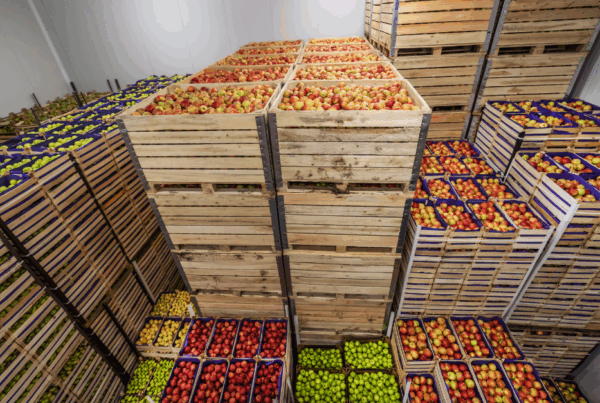Inflation has become a consistent topic of discussion about the economy as we move towards the holiday shopping season and supply chains remain deadlocked. Oil continues to increase in price which correlates to rising fuel prices hitting both the pumps and planes. Market Analysts expect the costs to continue rising through the summer of 2022. The increase in fuel costs is adding more pressure to an already strained supply chain: backlogs/congestion at ports and transportation hubs, higher rates, less staff, fewer ocean containers in circulation, and record imports. Thus, the market will continue to experience inconsistencies and disruptions that could last until the third quarter of next year.
The rise in prices will lead to higher air freight prices as fuel concerns become more pronounced throughout the winter and holiday season. Due to delays at the ports retailers are becoming more desperate to get their goods on shelves and some will turn to air freight to expedite cargo while earlier shipments languish at ports. This demand correlates directly to a higher consumption of fuel which leads to an increased cost of oil which creates a cycle of rising fuel costs as long as demand persists. A similar phenomenon is transpiring with seafreight carriers and truckers as well.
Thankfully, if there is a silver lining at all, it is that these are mostly natural market reactions to the pandemic disruption that happened last year. Fuel costs dropped sharply when travel was put on hold and many commuters started working from home. This leads to a reduction in supply as providers won’t try to maintain high levels of output when demand is low, but when demand started to recover this year and the output didn’t spike to meet it, prices began climbing.
At this juncture, travel hasn’t quite ramped up to pre-pandemic levels and refineries are not scaling up their supply for various reasons. Expect fuel costs to increase over the next few months until the market levels out and finds a happy medium of supply to meet demand. Suppliers of any commodity, while eager to raise prices to balance their costs, often loathe to reduce them in better circumstances. One of the most market-friendly commodities for variable pricing is fuel – it should respond first to increased supply, or decreased demand and see a price reduction.
The best way to prepare for the next six months is to maintain awareness of the issues that we see on the horizon. Fuel prices, equipment imbalances, and capacity are going to be pain points with few options for relief until possibly the middle of 2022. CFI recommends all participants in the supply chain to remain flexible, plan ahead, and keep your CFI representative included in any changes or new directions you’re planning. CFI is at your disposal to answer questions, provide insight, and assist in an ever-changing market. Reach out to your CFI representative to talk about how we can keep your cargo moving through 2022 and beyond.



